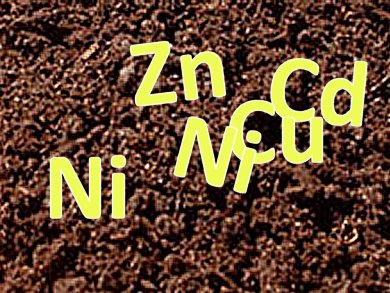Quantification of the mobility, bioavailability, and fate of metal contaminants in environmental systems is a key issue for assessing health hazards and metal remediation in ecosystems.
Yann Sivry, University of Toulouse, France, and colleagues proposed a new method to precisely and simultaneously quantify the exchangeable pool of metals in soils and to describe its reactivity at short- and long-term. It is based on multielementary Stable Isotopic Exchange Kinetics (multi-SIEK).
The experiments were performed on a limited number of river-bank soils of the Lot River, France, including polluted soil located near the Zn smelter plant of Viviez. The results obtained indicate that tailing erosion/dust would induce low mobility for Zn, Cu, and to a lesser extent Pb. The high mobility of Cd in upstream soils indicates that it has been mostly emitted as reactive atmospheric particles during high temperature ore-treatment.
- Multielementary (Cd, Cu, Pb, Zn, Ni) Stable Isotopic Exchange Kinetic (SIEK) Method To Characterize Polymetallic Contaminations,
Yann Sivry, Jean Riotte, Valerie Sappin-Didier, Marguerite Munoz, Paul-Olivier Redon, Laurence Denaix, Bernard Dupre,
Environ. Sci. Technol. 2011.
DOI: 10.1021/es2006644



